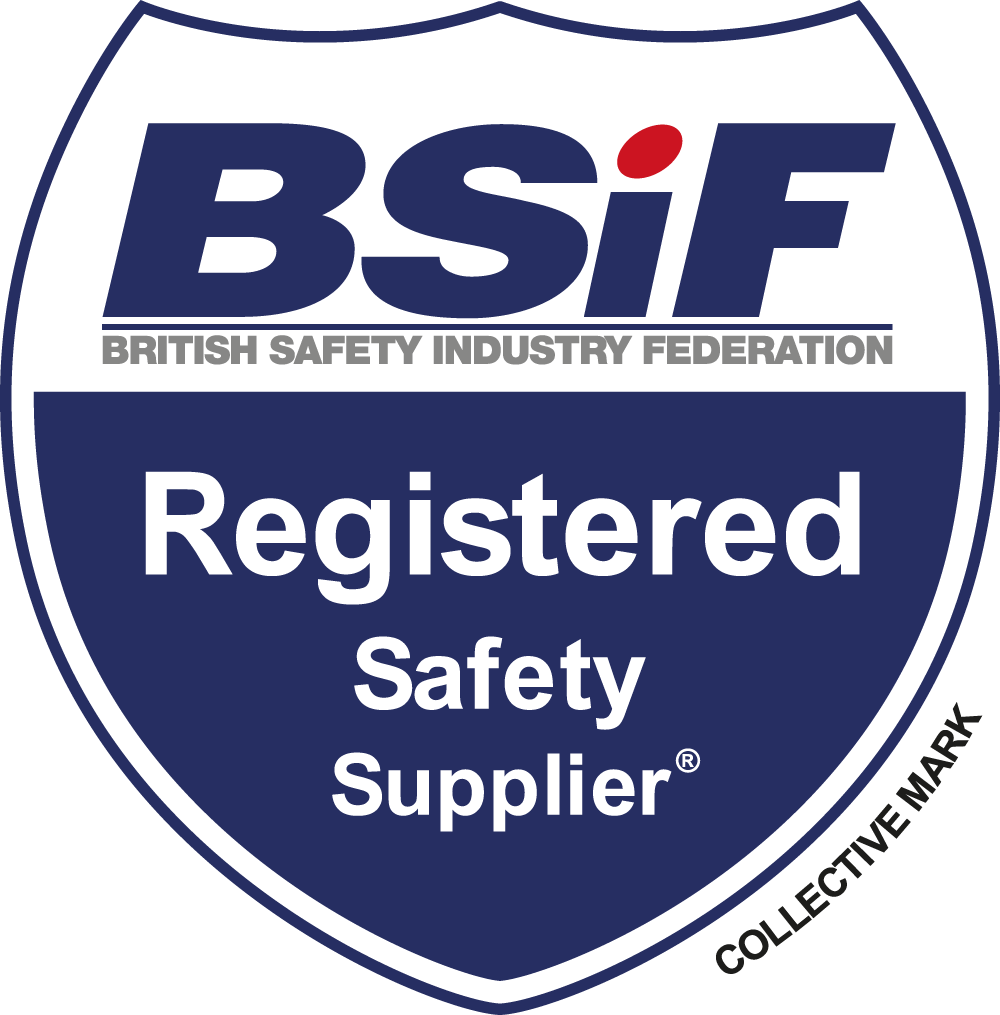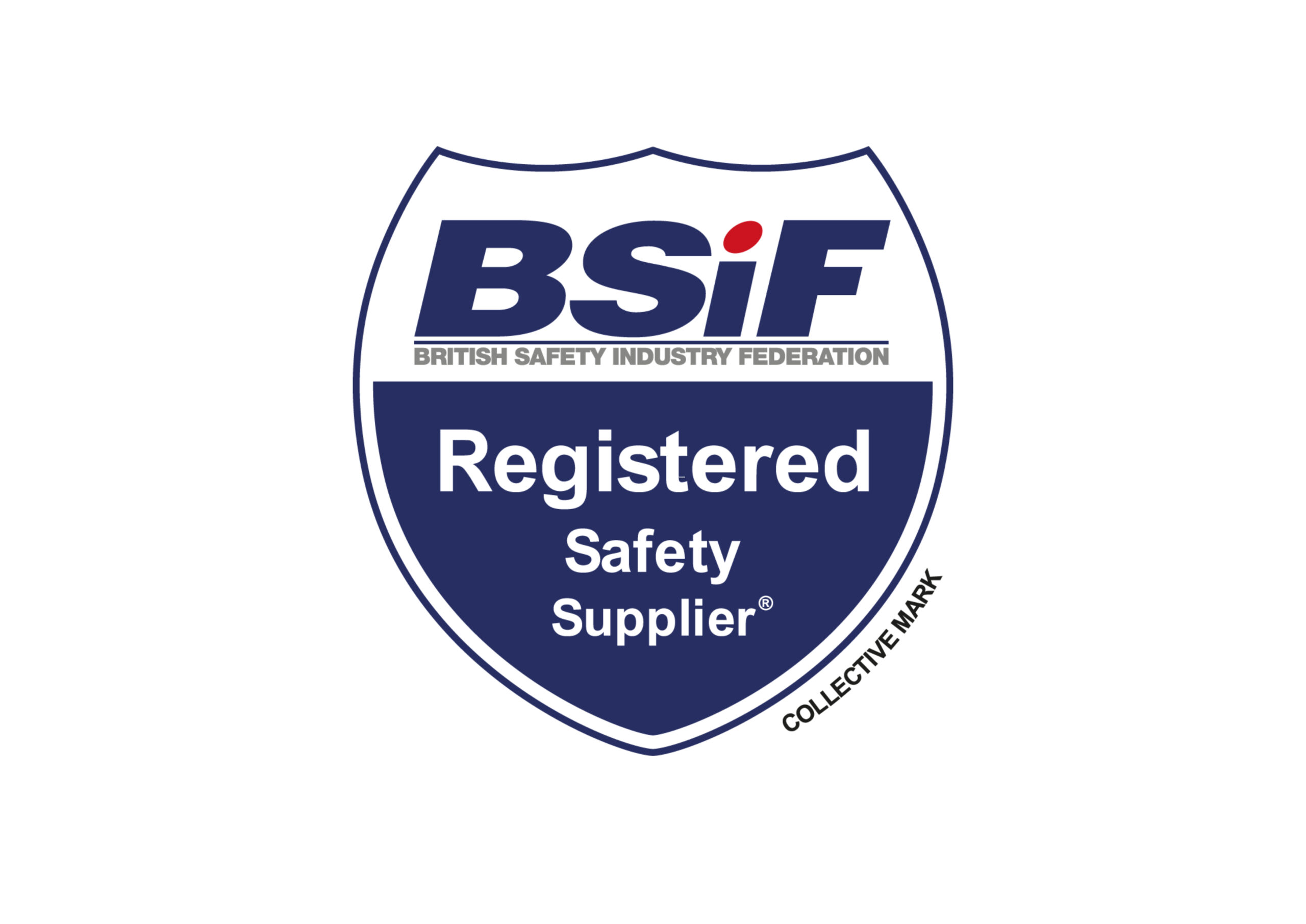In any industrial or workplace setting, the potential for spills is an ever-present concern. Whether dealing with hazardous chemicals, oils, or other substances, a spill can pose significant risks to both people and the environment. To mitigate these risks effectively, not only is the requirement for spill supplies crucial, you must also carefully consider the strategic positioning of equipment. So, have you considered the best location for spill kits?
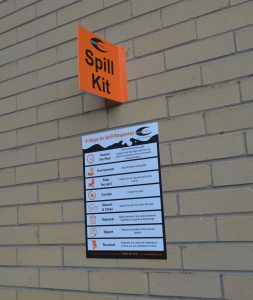
You should consider the importance of spill kit placement, key considerations, and best practices to enhance safety. If you are unsure what a spill kit is, or what it should contain our guide to spill kits may help
1.Understanding the Importance:
The strategic placement of spill kits plays a vital role in response time and the overall effectiveness of spill control measures. Properly positioned spill kits ensure that employees can quickly and easily access the necessary materials to contain and clean up a spill. This not only minimises the potential for accidents and injuries but also helps prevent the spread of contaminants.
2. Identifying High-Risk Areas:
Start by conducting a thorough risk assessment to identify high-risk areas where spills are more likely to occur. These areas may include loading docks, storage areas, production lines, or any location where hazardous materials are handled. Placing spill kits in close proximity to these high-risk areas is essential for a prompt and efficient response.
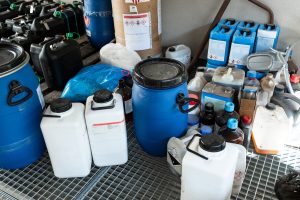
3. Tailoring Spill Kits to Specific Risks:
Different workplaces may face varying spill risks based on the materials they handle. Tailoring spill kits to specific risks is crucial for an effective response. We recommend reviewing the safety data sheets for any materials used on site for advice on dealing with accidental releases (section 6). It is also important to ensure required PPE or RPE is available in case of emergency.
For more information on various absorbent products check out our blog here.
4. Accessibility and Visibility:
Spill kits should be strategically placed in areas where they are easily visible and accessible to all employees. Mounting them on walls or placing them in clearly marked and easily identifiable locations can significantly reduce response times during emergencies, various signage and floor markings are available to improve visibility. Consider the drainage systems and probable direction of flow when deciding on the most suitable location for your spill kit.
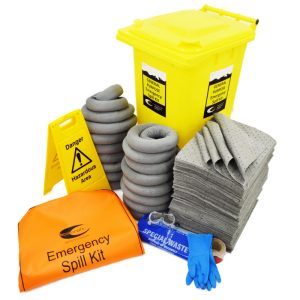
5. Training
Once you are confident your spill kits are in the best locations, this needs to be communicated to everyone. Having a detailed site map, including locations of equipment, as part of your pollution incident response plan or emergency response plan will aid emergency responders in responding to incidents in the timeliest manner.
6. Regular Inspection and Maintenance:
Positioning spill kits is not a one-time task. It is good practice to review their placement periodically to ensure they are still positioned optimally based on the risks.
Regularly inspect and maintain the kits to ensure that they are in the correct location, fully stocked, and the contents are not damaged. This proactive approach ensures that the spill kits are always ready for use in case of an emergency.
The strategic positioning of spill kits on site is a critical aspect of an effective spill response plan. By identifying high-risk areas, tailoring kits to specific risks, ensuring accessibility and visibility, holding regular training, and conducting regular maintenance, organisations can enhance workplace safety and minimise the impact of potential spills. Proactive planning and strategic placement of spill kits contribute to a safer and more secure working environment for everyone.
If you are unsure where your spill kits should be located, call the team, we will be happy to help.


